Ground Cover Plants: Fill in Empty Space
Empty Spaces on Your Property
It is common to have areas on your property where grass is unable to be grown or maintained. Maybe that steep slope beside your house makes maneuvering the lawn mower just too difficult. Or you’ve got a massive, beautiful tree in your backyard that blocks the sun for a large portion of the day. Both infrequent lawn maintenance and excessive shade can create poor conditions for grass to grow. Even though the idea of a garden large enough to fill in these areas might tug at a gardener’s heartstrings, it may not be as cost-effective. It can become quite expensive to create large gardens and fill them with plants. Not to mention the extra work that goes with maintaining a garden that size… (By the time you’ve finished weeding, you can go right back and start over again). That’s where ground cover plants are extremely useful.
Ground Cover Plants
Ground cover plants provide quick and effective ways to fill in these bare areas. These plants are creeping or spreading plants that are able to take over large spaces with little to no encouragement. One of the downsides to these types of plants is controlling how much space they take over.
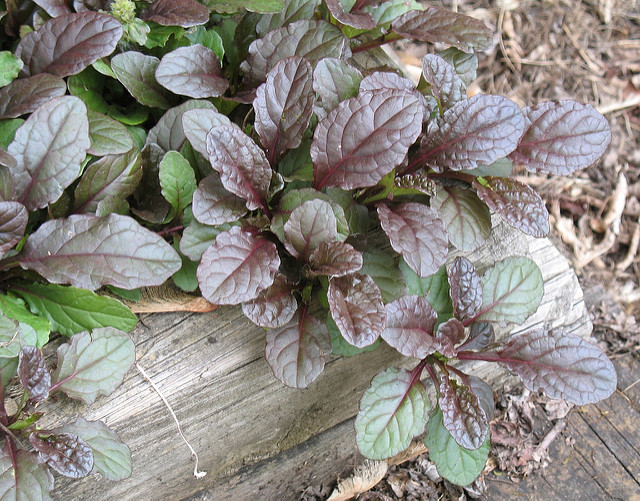
Common Examples
Take a look at some of the most common ground cover plants to get a better understanding of which ones will work best for your space. Make sure you continue your research with other resources as well. It is also a good idea to keep in mind which hardiness zone you live in and what plants grow best in your area. Take a look at this blog to learn more about hardiness zones!
Lilies of the Valley:
Known for their small, white, bell-shaped flowers, Lilies of the Valley have a unique sweet smell. They grow to about 4-8 inches tall and thrive in partial shade. Lilies of the Valley prefer cooler temperatures and spread quickly if left unchecked. They are actually a poisonous plant, so be sure to keep your children and pets away and use gloves when coming into contact with them. While edging does help to prevent them from spreading out of control, it is best to stay on top of removal to ensure they don’t take over areas you don’t want them to.

Creeping Phlox:
Sometimes called Moss Pink or Moss Phlox, Creeping Phlox is known as the “carpet” of the outdoors. The spring blooms are bright and cover the foliage almost entirely. This plant doesn’t require much maintenance, just a trim after the blooming season. A major benefit to growing Creeping Phlox is all the butterflies it attracts. It grows best in full sun and is also relatively easy to pull up in order to control coverage areas.
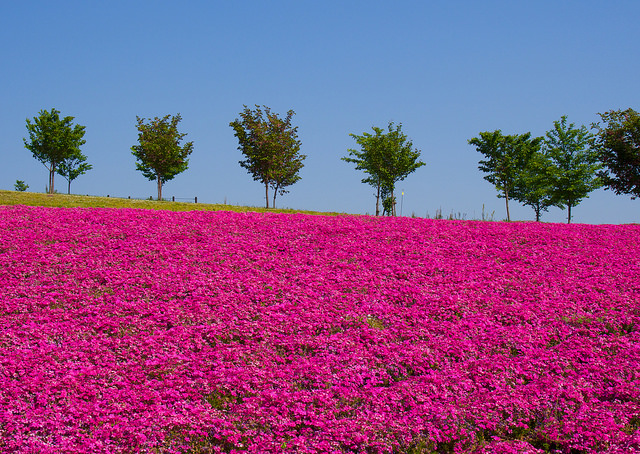
Hostas:
Though they do grow flowers, hostas are mainly grown for their foliage which ranges in color. Hostas come in green, blue, gold, and even a few variegated varieties as well. They are incredibly popular because they are shade-tolerant and require very little maintenance. However, they do require frequent watering. While the blue- and green-leafed varieties are happy in the shade, the gold-leafed and variegated types require more sun.
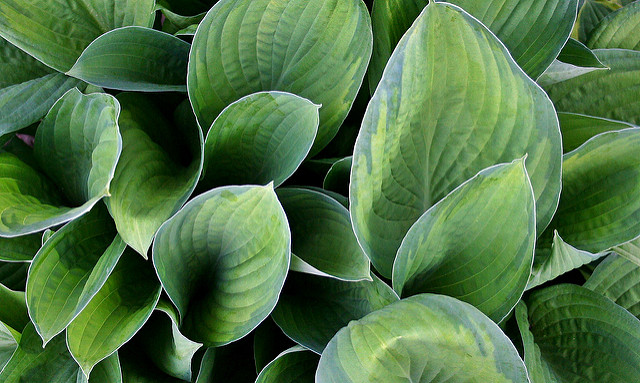
Lamb’s Ear:
Mostly known for their fuzzy, soft leaves, you can really tell where this plant gets its name. The silver, oval leaves are the most desirable trait from this ground cover plant. Though it does grow small purple flowers that reach up to 12-18 inches tall, the rest of the plant stays closer to the ground. Its creeping stems root whenever they make contact with soil and cause this plant to spread quickly. It grows best in full sun and garden edging can help hold it at bay.
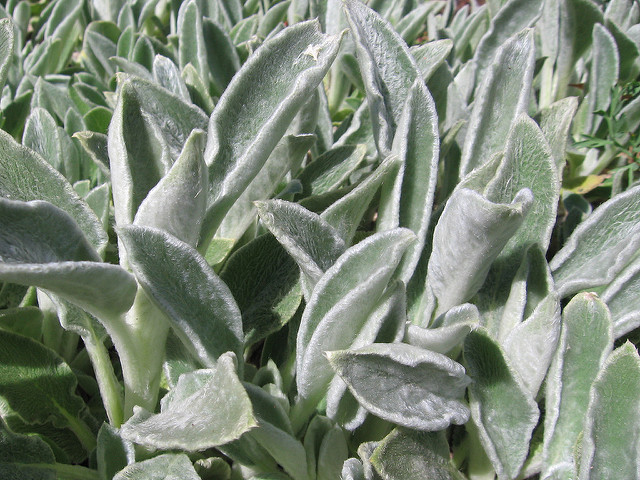
Ajuga/Bugleweed:
One of the most aggressive ground cover plants you can find, bugleweed spreads quickly wherever it can take root. It is important that you make sure you don’t plant it near any lawns or other gardens in order to make sure you can control areas of coverage more efficiently. Bugleweed prefers sun with some partial shade and it can grow up to 6 inches tall. Many gardeners love the pretty blue or purple flowers, but most don’t feel it is worth the hassle.
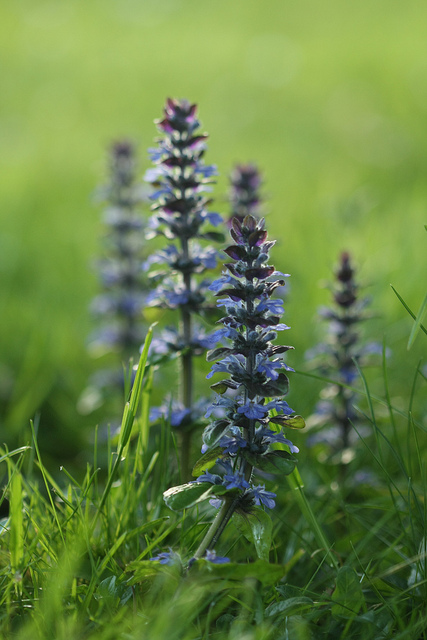
Do Your Research!
Managing the amount of space your ground cover plants take over is dependent on the type of plant you’ve chosen. Plants like Lilies of the Valley are prone to spread and spread without ever stopping. Otherwise, Creeping Phlox is relatively easy to control by simply pulling up the section you don’t want. Regardless, it is essential to do research prior to selecting your ground cover plants. Try continuing your research with this article by Better Homes & Gardens. Some plants become unmanageable in certain climates while others will thrive and suit your needs perfectly. Choosing the wrong cover plant can actually create more problems than it solves.
